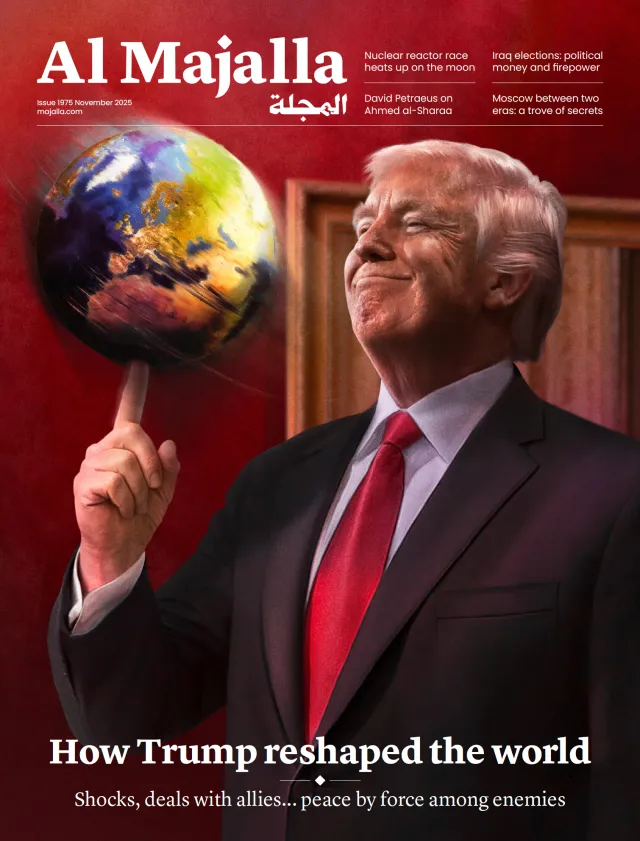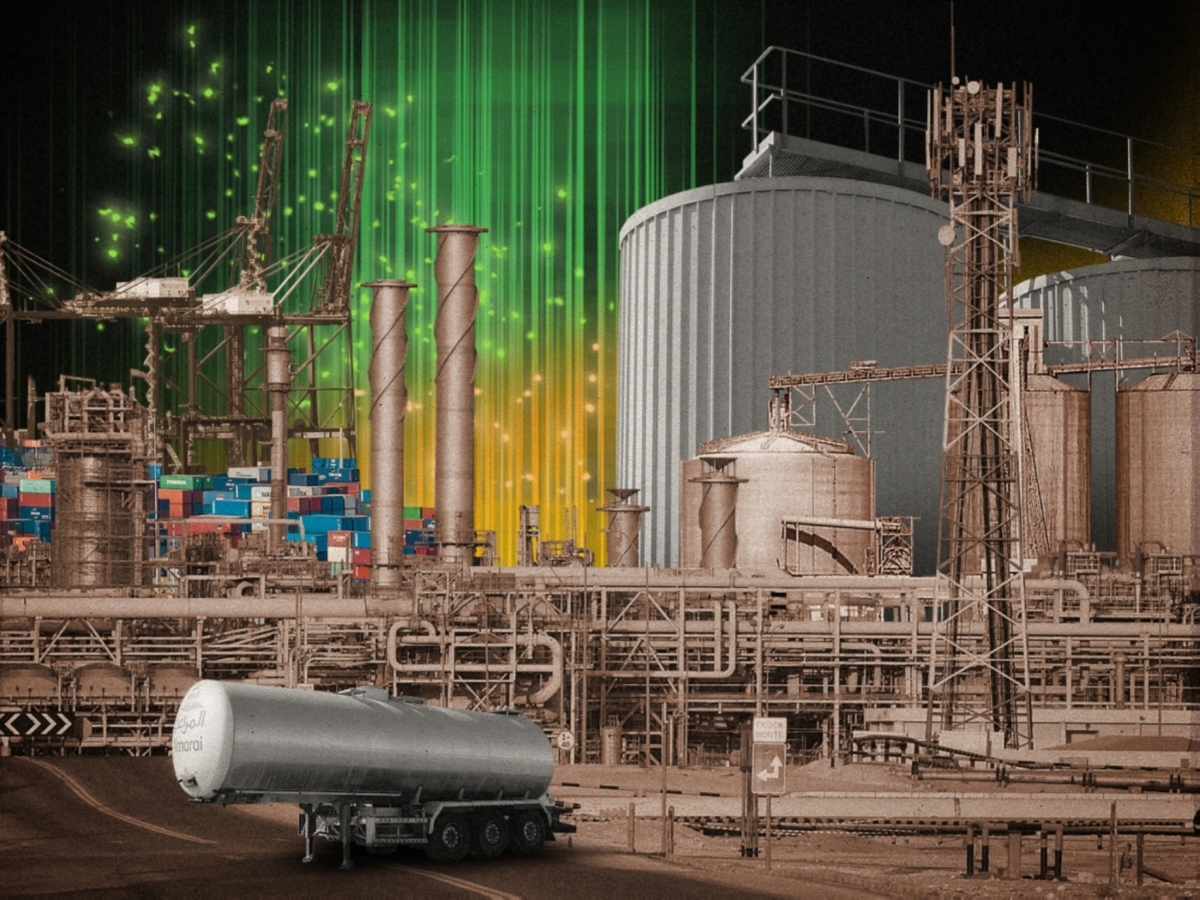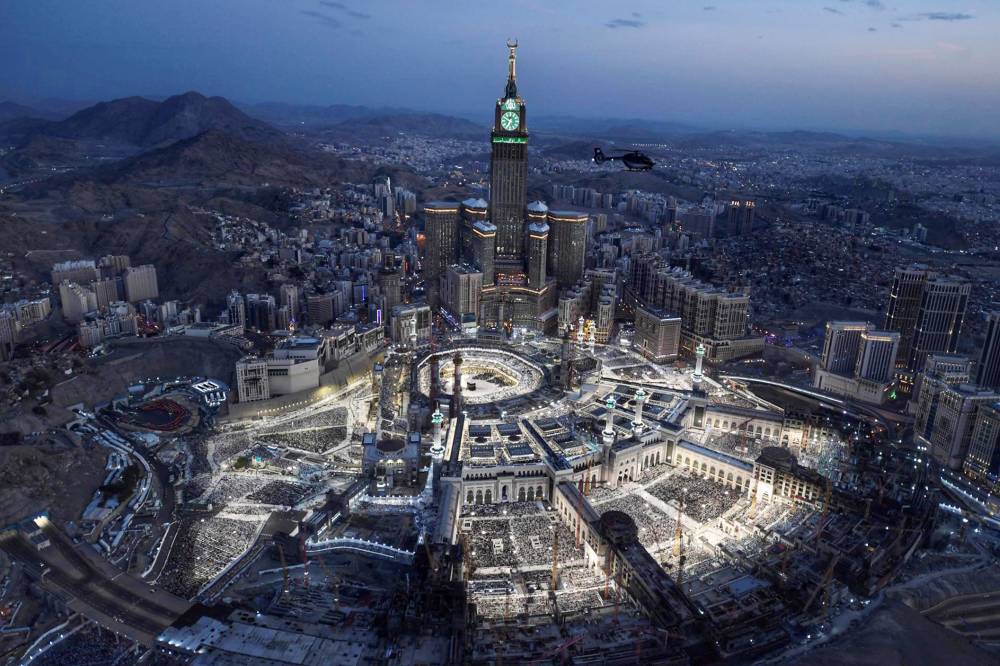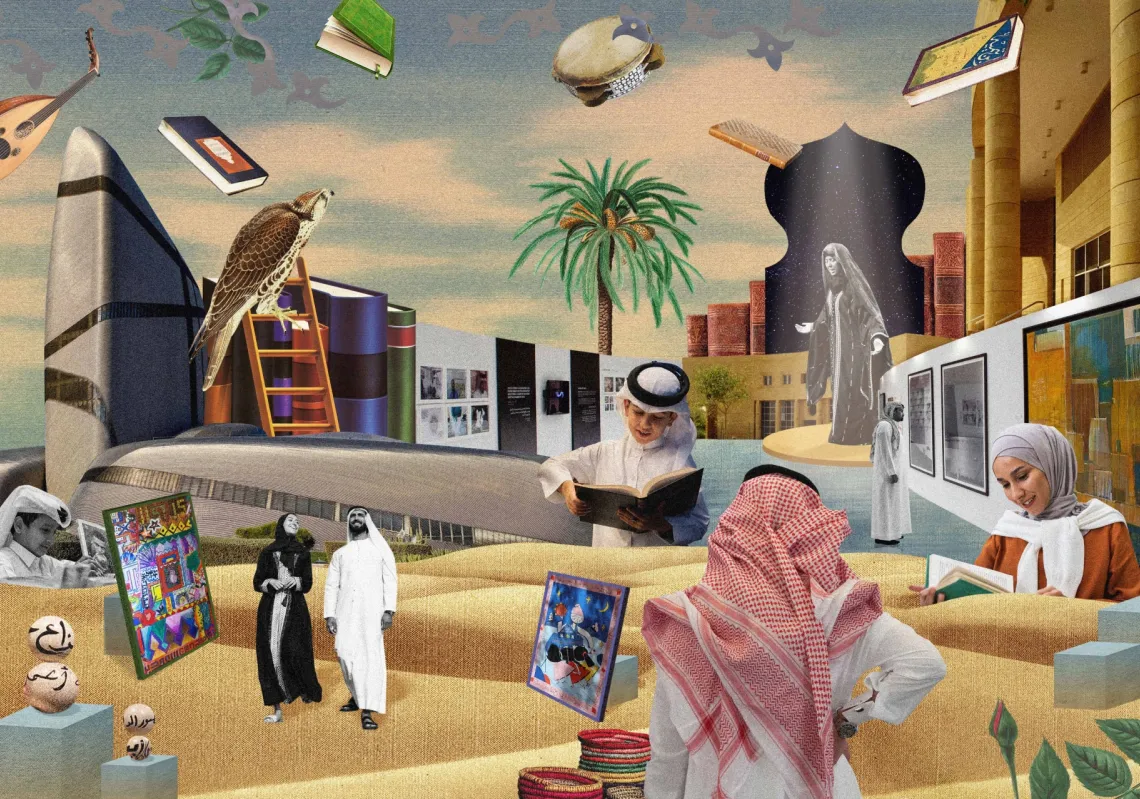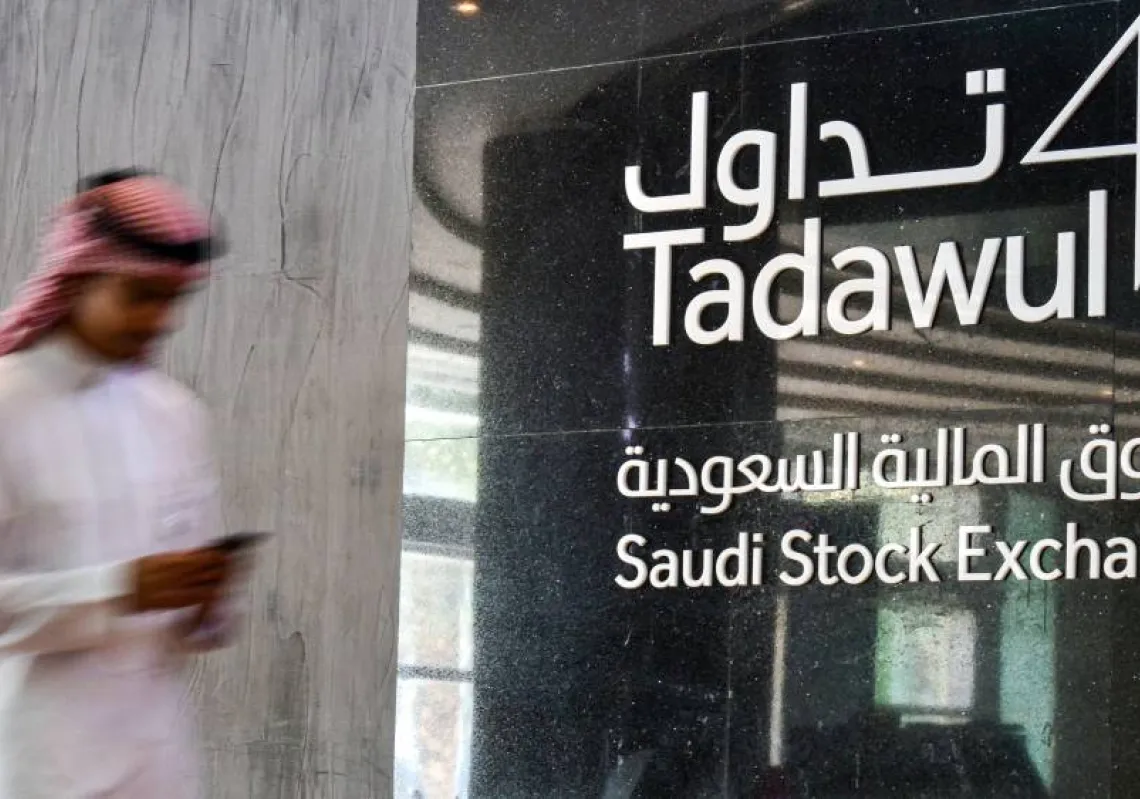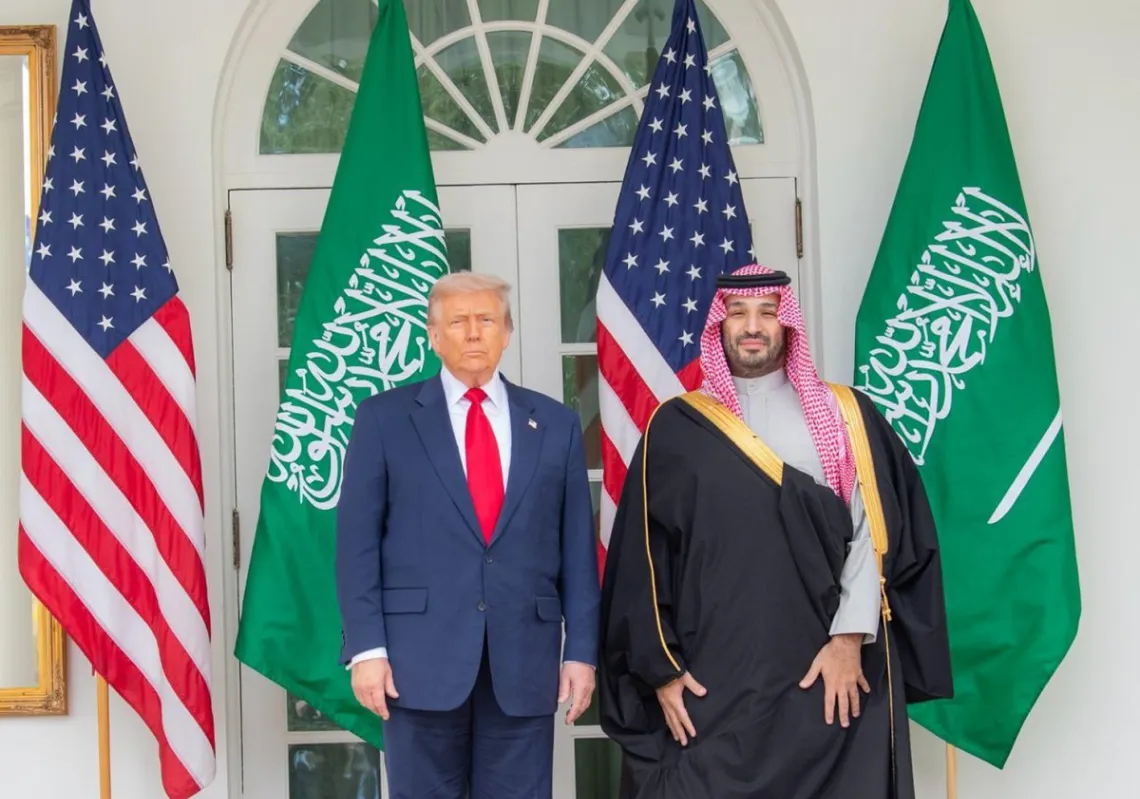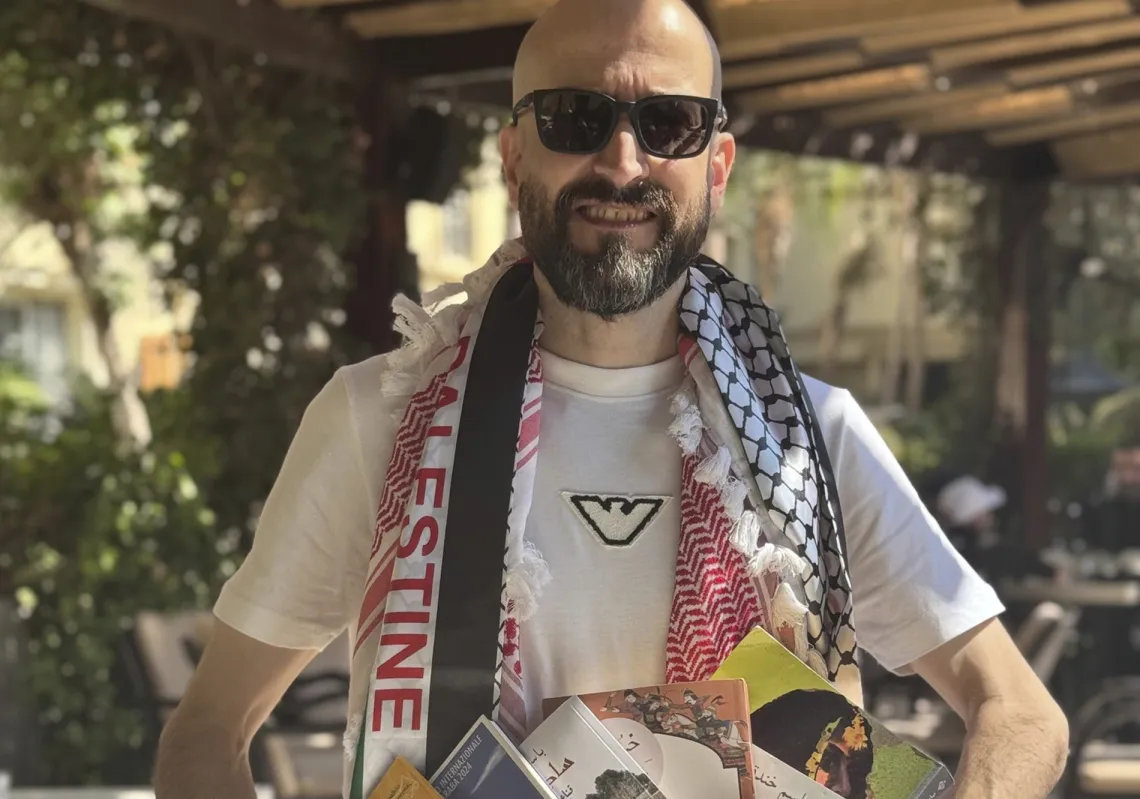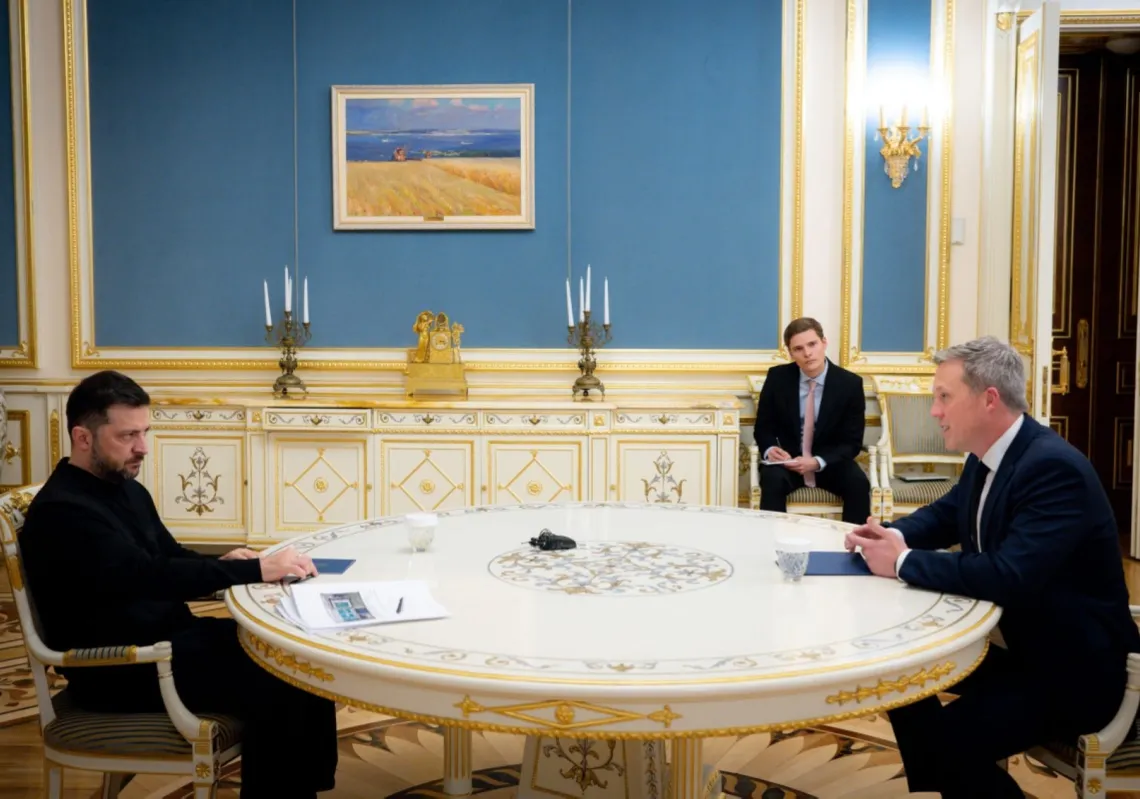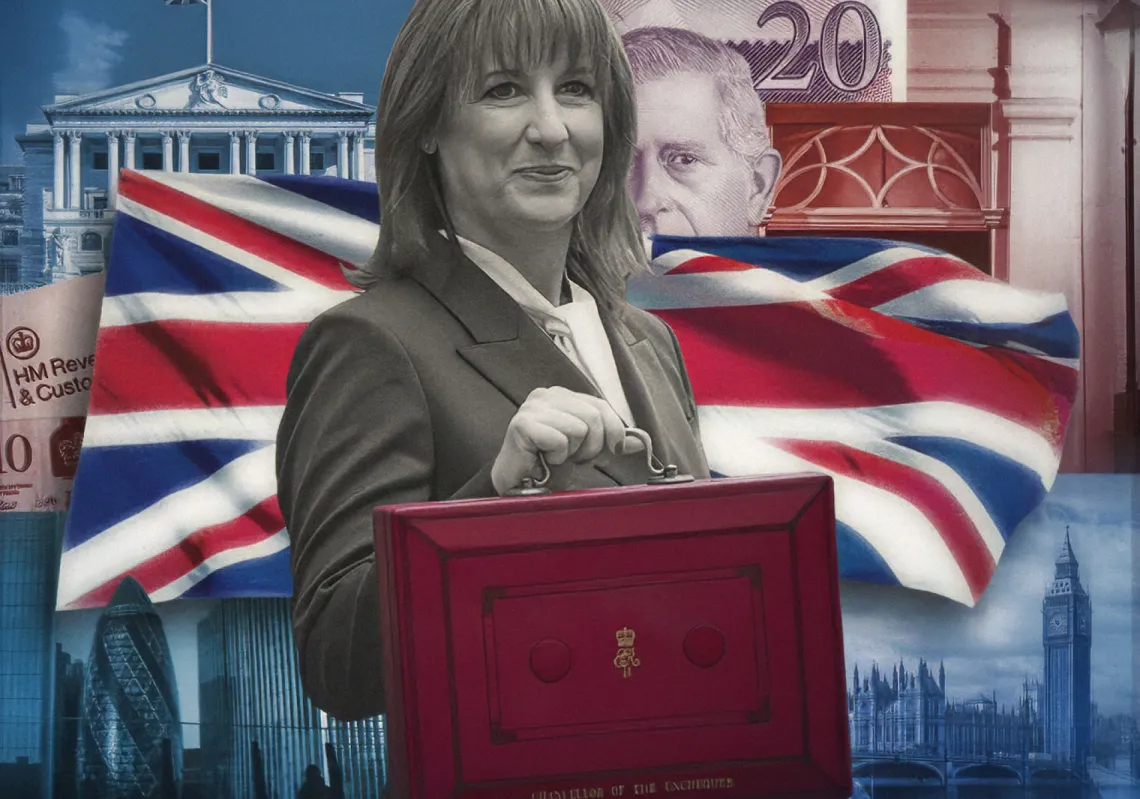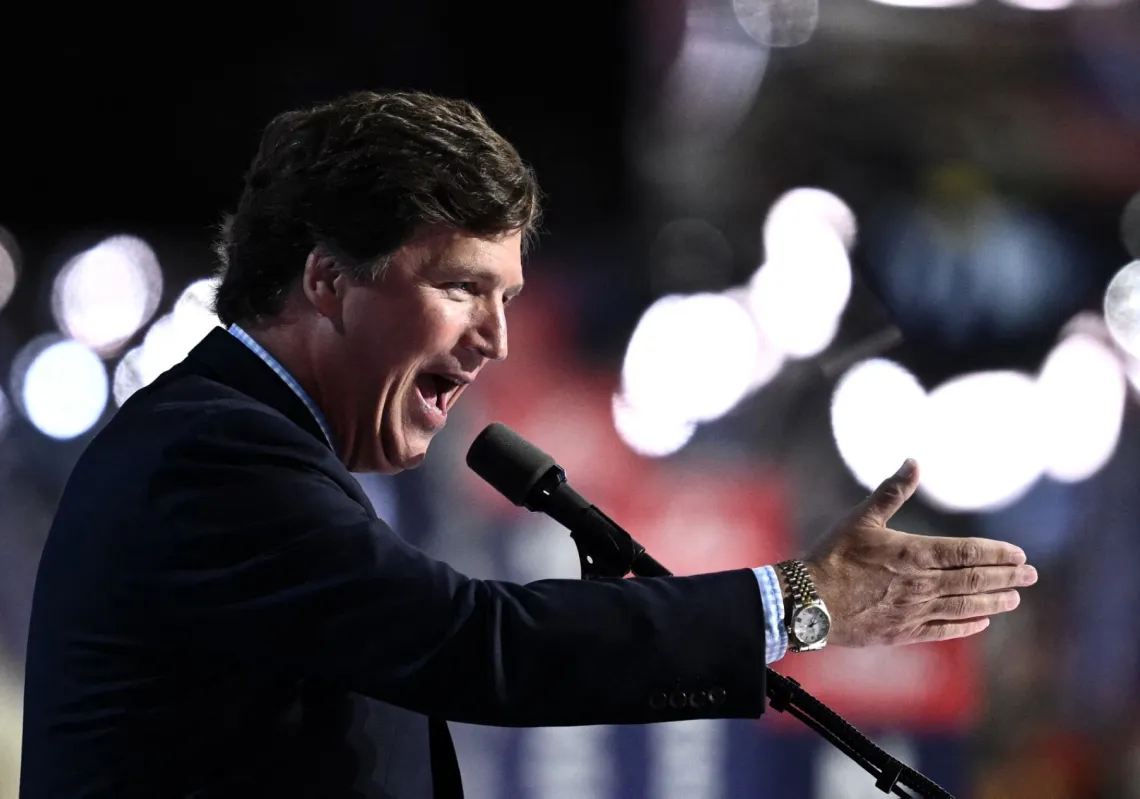Saudi Arabia’s economy has been transformed in phases of ambitious reform going back to the 1970s, when the country redeveloped its urban and industrial landscape, to its current ambitious diversification plans under the Vision 2030 banner.
This is the first of a two-part story of how the Kingdom has remade itself once and then embraced reform again. It covers subsequent policies into the 1980s and beyond, which gave the country what economists call “horizontal development”, helped by revenue from what is known as the oil boom phase. The second covers diversification away from the energy sector, or “vertical development”, known to the Kingdom and the world as Vision 2030.
Both phases of ambitious transformation were powered by the leadership of kings. From traceable origins under the founder King Abdulaziz up to King Salman bin Abdulaziz, and the current Crown Prince Mohammed bin Salman, the country’s transformation and development story has been written by top-level decisions taken in Riyadh, where the nation’s trajectory has been set.
It began with revenue from the state oil company, Saudi Aramco, which was brought under Riyadh’s control in a gradual process agreed in 1973. That move marked the beginning of a period in which the nation leveraged its prosperity to enhance the living standards of its people and secure a prominent position in the Middle East and the world.
The reach of the change that was to follow was wide. It ran from the Arabian Gulf to the Red Sea and from the Yemeni border to the Levant region. An ambitious series of infrastructure and urban development connected the nation and brought it the means to thrive, including improved financial services and up-to-date healthcare provision.
The country used expertise in the oil industry—and closely related fields, such as fertiliser and petrochemical production—to make the most of the revenue generated from surging global demand. Major industrial complexes were established in Jubail and Yanbu. Saudi Basic Industries Corporation, known as SABIC, played a pivotal role in their development and management.
Extensive refinery facilities were constructed in Riyadh, Rabigh, Yanbu, and the Eastern Province. Important roads and bridges were constructed throughout the Kingdom, while the infrastructure supporting the national economy underwent comprehensive development.
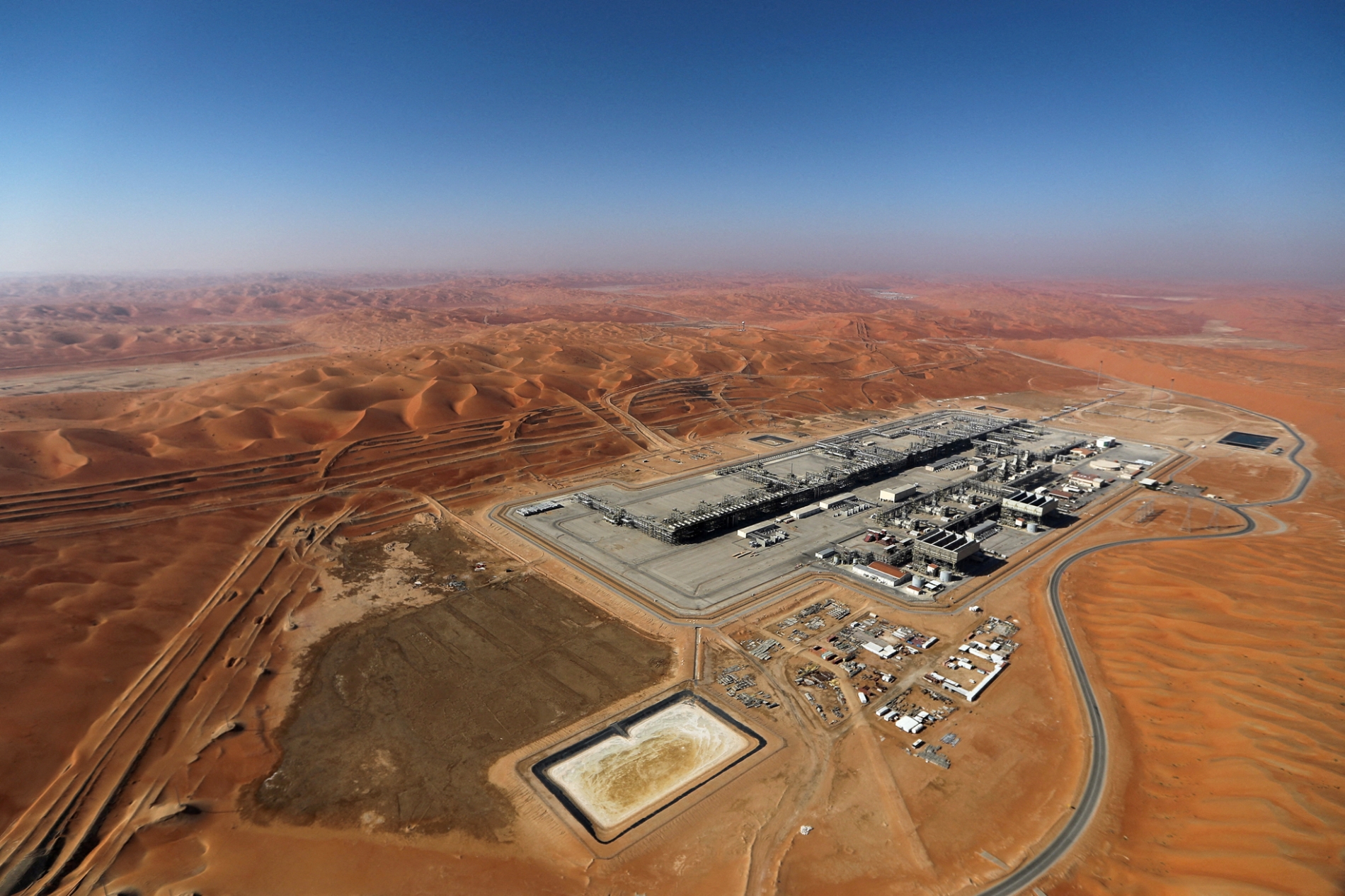
The role of Aramco
The genesis of the first wave of Saudi reform came when the Kingdom took ownership of its oil giant, Aramco, in an agreement struck in 1973 and which brought it under Riyadh’s control in 1980. But its origins go back to 1937, when operations began under a 60-year concession agreement granted to the American firm Standard Oil of California (SoCal).
Originally owned by three companies from the United States, the Kingdom had a 25% stake in Aramco when it started to acquire full ownership. It held 60% by 1974 and 100% by 1980. In 1988, it took on the name of the country itself to become Saudi Aramco and assumed responsibility for all oil-related activity in the country.
Today, Aramco is one of the world's largest integrated oil and gas companies, holding vast oil and gas reserves and playing a critical role in the kingdom's economy. The company's market valuation reaches approximately 5.86tn Saudi riyals, or $1.6tn. Aramco has sought to build local capabilities and invest in Saudi human capital, with over 90% of its workforce made up of Saudi citizens. It is at the heart of the national economy, now the 19th biggest in the world.
Saudi Aramco is one of the world's largest integrated petroleum and chemical companies, with a specialised exploration and production sector. In 2024, the company achieved total revenues of over $400bn and net profits of $106.2bn.
With headquarters in Dhahran, Saudi Arabia’s tech hub, Aramco has operations across the Kingdom, from Riyadh to Yanbu and Jeddah to Qatif. Abroad, it has offices in a range of countries, including China, Egypt, Japan, India, the Netherlands, South Korea, and Singapore.
Its subsidiaries include SABIC, Aramco Chemicals (SATROP), Saudi Aramco, Total Refining and Petrochemicals, and Gulf Operations Company (AGOC), which contributes to the supply of crude oil.
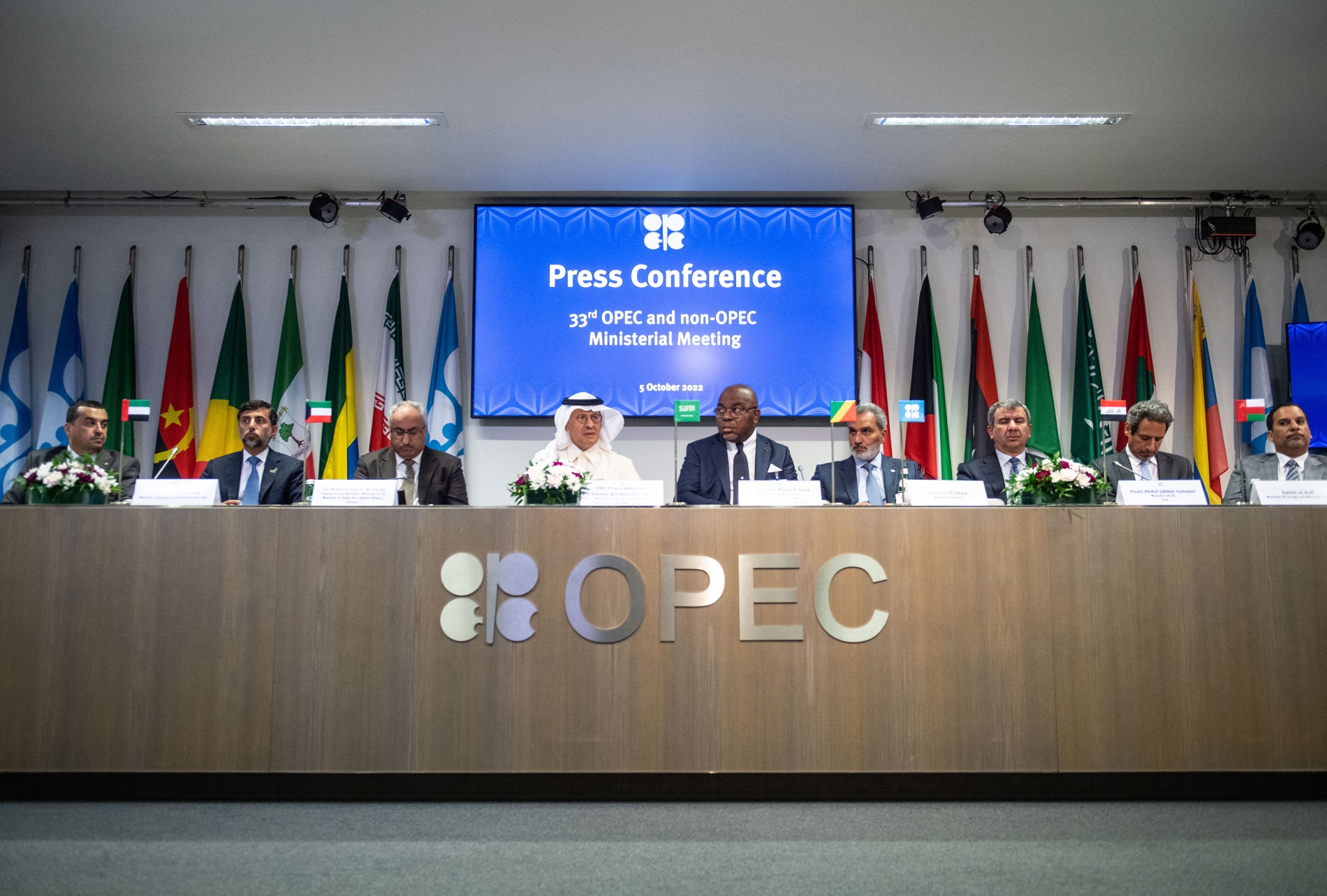
OPEC's vital role
Along with Saudi Aramco, the Kingdom’s leading role in the Organisation of the Petroleum Exporting Countries (OPEC) gives it a vital role at the centre of one of the most crucial industries in the world: the energy sector.
Riyadh helped set up OPEC, along with a group of other oil exporters, in 1960. The group was originally based in Iraq’s capital, Baghdad. Alongside Saudi Arabia and Iraq, the founding nations were Iran, Venezuela, and Kuwait.
OPEC was created with the aim of unifying the efforts of oil-producing and exporting countries to regulate their relationship with foreign companies. The organisation's formation was intended to help member countries secure a larger share of the substantial profits that these international oil companies were earning.
At the time, the global oil industry was dominated by firms known as the Seven Sisters: five US companies, one Anglo-Dutch company, and one French company. They controlled nearly all oil production in OPEC member countries under traditional concession agreements lasting between 60 and 99 years. They maintained control over oil from the wellhead to the end consumer, including transportation through pipelines and tankers.
OPEC helped the energy-exporting nations keep more of the global industry’s revenue. From 1980, that meant Saudi Aramco could power the oil boom phase of national development, helping set up a modern and confident nation.
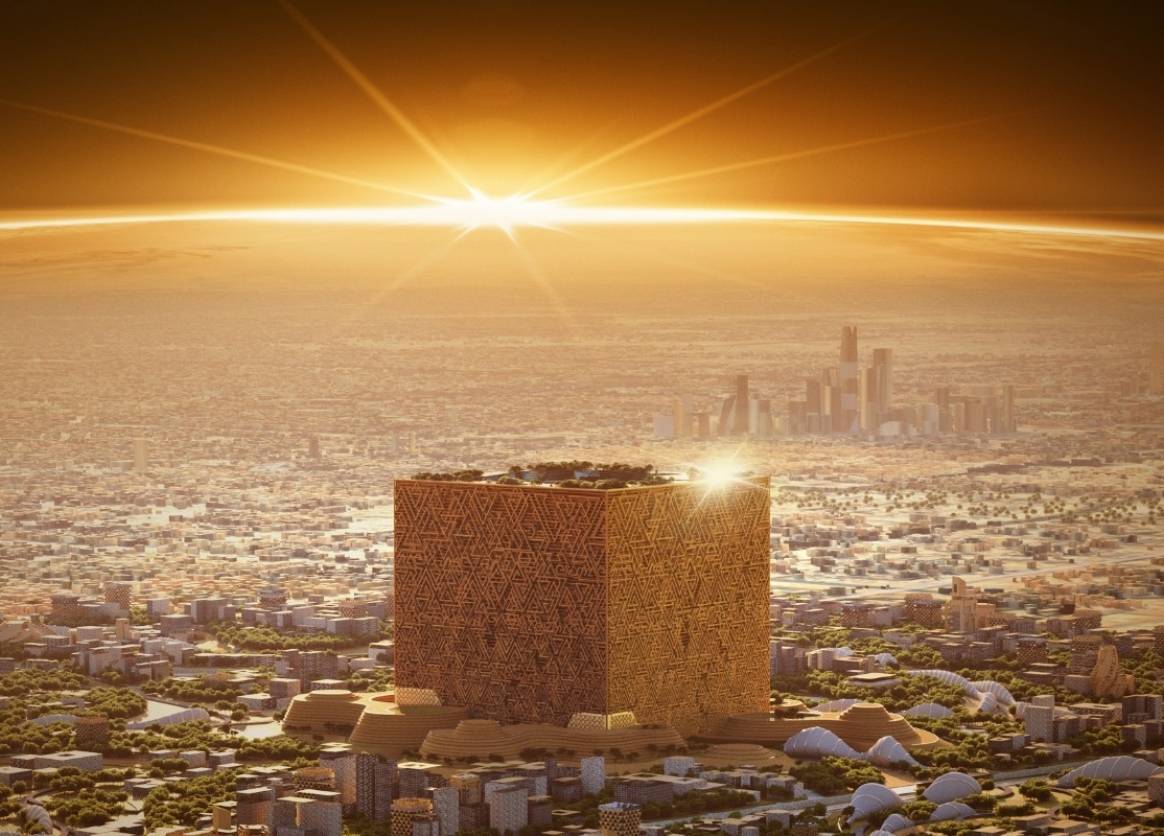
Urban infrastructure
During the oil boom phase, the Kingdom invested vast sums of money in reconstruction. Riyadh grew from a capital with only a few well-known neighbourhoods—such as the Al-Murabba district, home to government buildings, and the area around Al-Shumaisi Central Hospital—to a much bigger political capital.
New vibrant districts grew northward along Khurais Road and westward along Al-Majma'ah Road. They included Al-Olaya, distinguished by its long street lined with buildings, as well as Al-Worood, Al-Dakhil, Al-Mahdood, Al-Nasiriyah, and Al-Sulaimania.
King Saud University was built in the Diriyah area on extensive grounds with magnificent architecture. King Khalid International Airport was built outside Riyadh. A major sports venue, King Fahd Stadium, was built in Baghlaf with a capacity exceeding eighty thousand spectators and features a covered, air-conditioned design.
The Diplomatic Quarter emerged as a meticulously planned district with thoughtfully designed recreational spaces, becoming a popular destination for Riyadh residents and the city's workforce. It brought foreign embassies into one area, with beautifully landscaped gardens and parks.
The city of Diriyah, which holds great symbolic significance, also grew. Housing development spread throughout the Kingdom. Roads connecting the Eastern Province and Riyadh, and extending to the northern region, all the way to the Jordanian border, were constructed and maintained to international standards.
They include the Riyadh-Mecca-Taif road, which traverses mountainous terrain and natural obstacles, advanced rapidly in step with the Kingdom's economic and social development. These infrastructure projects were meticulously crafted to meet international standards. There are now 2.15 million square kilometres of Saudi roads, connecting the entire Kingdom.
Major Saudi cities have international airports in Dhahran, Dammam, Qassim, Al-Jouf, Ha’il, and Tabuk. Regular flights have become a national commitment to bridging distances and facilitating travel and transactions. There are international flights connecting the Kingdom with destinations worldwide, as well as between hubs within its internal network.
Substantial investment in infrastructure has driven urban development and housing expansion of small towns and villages, which have also been provided with electricity and water. The state invested most notably in desalination projects along the Arabian Gulf and the Red Sea to supply Saudi cities with treated water.

